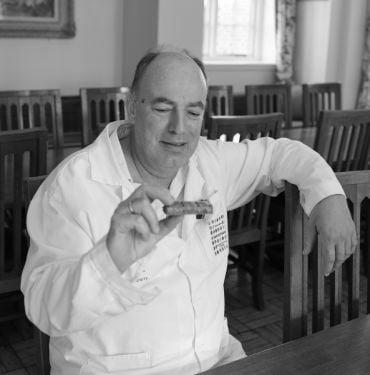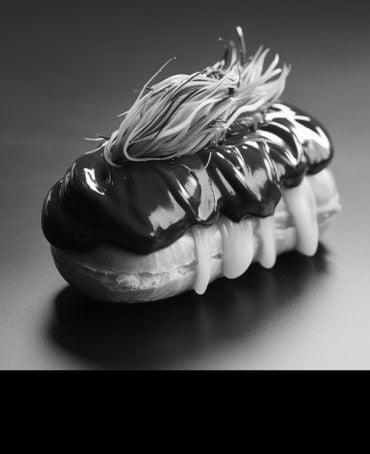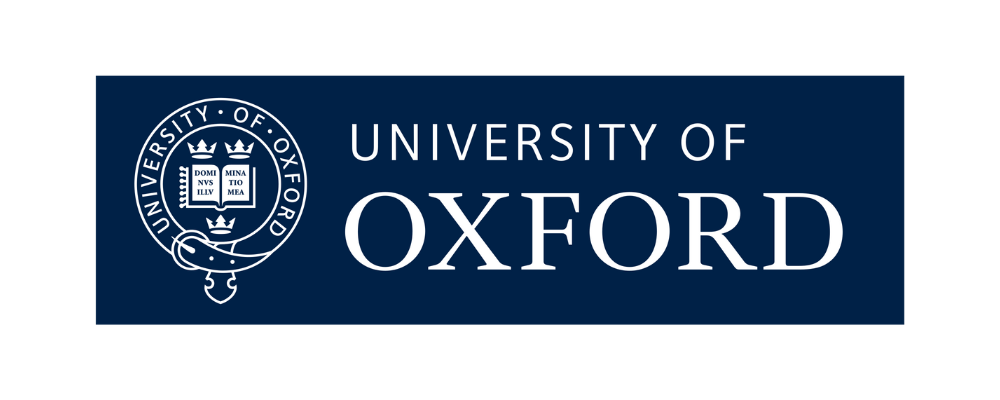 Professor Charles Spence. Credit: Caroline Wood.
Professor Charles Spence. Credit: Caroline Wood.
If you are wondering why the price of pistachios has surged this year, Dubai chocolate takes a lot of the blame. This confectionary creation – a chocolate bar filled with a mix of pistachio and shredded filo pastry – became an international sensation this year after a social media influencer filmed themselves eating it. Within months, supermarkets were scrambling to launch their own versions, and ‘Dubai chocolate-flavoured’ products were springing up everywhere – from ice cream and donuts, to cookies and coffee.
What this shows is that food trends on social media shouldn’t be dismissed as ‘millennial fads’ but powerful forces that can shake global supply chains and agricultural sectors. But what made Dubai chocolate such a success on screen?
First, you have a powerful visual contrast: lurid green against brown chocolate. This makes it stand out in photographs and captures our attention since we are drawn to visually interesting objects (think of the Aperol spritz with its distinctive orange colour). The importance of visual appeal underlies various other food trends, including beautiful plating (gastroporn), highly unusual plateware (from bricks to flat caps), and symmetrical breakfasts.
A key element of Dubai chocolate’s appeal is its exoticism, and the fact it comes from completely outside the bubble of many cultures.
Professor Charles Spence, Department of Experimental Psychology
Research has also demonstrated that we are hard-wired to find the sight of energy-dense food exciting (no doubt an evolutionarily-selected trait in our distant ancestors). This can also explain the surging popularity of other foods that combine visual stimulation with a high calorie count, such as rainbow- and unicorn-coloured cakes.
The crunchy filling against the creamy chocolate also creates a strong textural contrast that you can feel in the mouth. A key issue with showing food on social media is that the viewer can’t actually taste it. This has led to increasingly extreme textures and flavours (for instance, spicy or sour) that provoke a facial (and, on occasion, fatal!) reaction in whichever influencer is showing off the product. This has made some ask whether this increased focus on appearance and contrast has been to the detriment of a pleasurable tasting experience…
[embedded content]
Watch Professor Charles Spence’s reaction when he tries Dubai chocolate for the first time.
Undoubtedly, another key element of Dubai chocolate’s appeal is its exoticism, and the fact it comes from completely outside the bubble of many cultures. These days, people feel that they can gain ‘social kudos’ by styling themselves as a ‘food discoverer’, and being the first to alert their network to a new food on the scene. Bubble tea, for instance, originated in Taiwan in the 1980s, but has developed a global appeal during recent years, largely due to it being ‘discovered’ and shared by social media influencers.
 The Midjourney rendering of the “Hair Repair Éclair”, a dark chocolate éclair created by Kitchen Theory for the Wonka film premier, featuring pişmaniye (a Turkish candy floss). Image courtesy of Kitchen Theory.
The Midjourney rendering of the “Hair Repair Éclair”, a dark chocolate éclair created by Kitchen Theory for the Wonka film premier, featuring pişmaniye (a Turkish candy floss). Image courtesy of Kitchen Theory.
The sheer speed with which brands and food companies launched their own Dubai chocolate products demonstrates how effectively social media is being used to ‘listen in’ on emerging trends, super-charged these days with AI. With so many people now sharing photographs of food and commenting about them, this gives a veritable gold mine of real-time market data that companies could have only dreamed of decades ago.
But will the boot one day be on the other foot? Instead of AI picking up on trends, will it soon be AI-designed foods that are shaping the food sector? Indeed, some brands have already launched ‘AI-created’ products, including Coca Cola and MUJI’s potato-based snacks. But these are likely to remain as gimmicks. Since there is no such thing (yet!) as digital smell or taste, AI cannot match a human being when it comes to pairing flavours.
Where AI is more useful is in generating new food concepts, that a real chef can then work out how to make – like a second brain (or mouth) for sounding out ideas. This is becoming increasingly popular for themed catering – for example, the catering creations produced for the premier of the latest Willy Wonka film and the Audi Gastromotive series of immersive dining experiences.
No doubt the craze over Dubai chocolate will eventually die down – or (more likely) it will be superseded by the next food idea that takes off online. Whatever comes next, you can be sure that food brands and supermarkets will be following close behind – with the results hitting the shelves of a shop near you.
For more information about this story or republishing this content, please contact [email protected]
“The University of Oxford is a collegiate research university in Oxford, England. There is evidence of teaching as early as 1096, making it the oldest university in the English-speaking world and the world’s second-oldest university in continuous operation.”
Please visit the firm link to site


